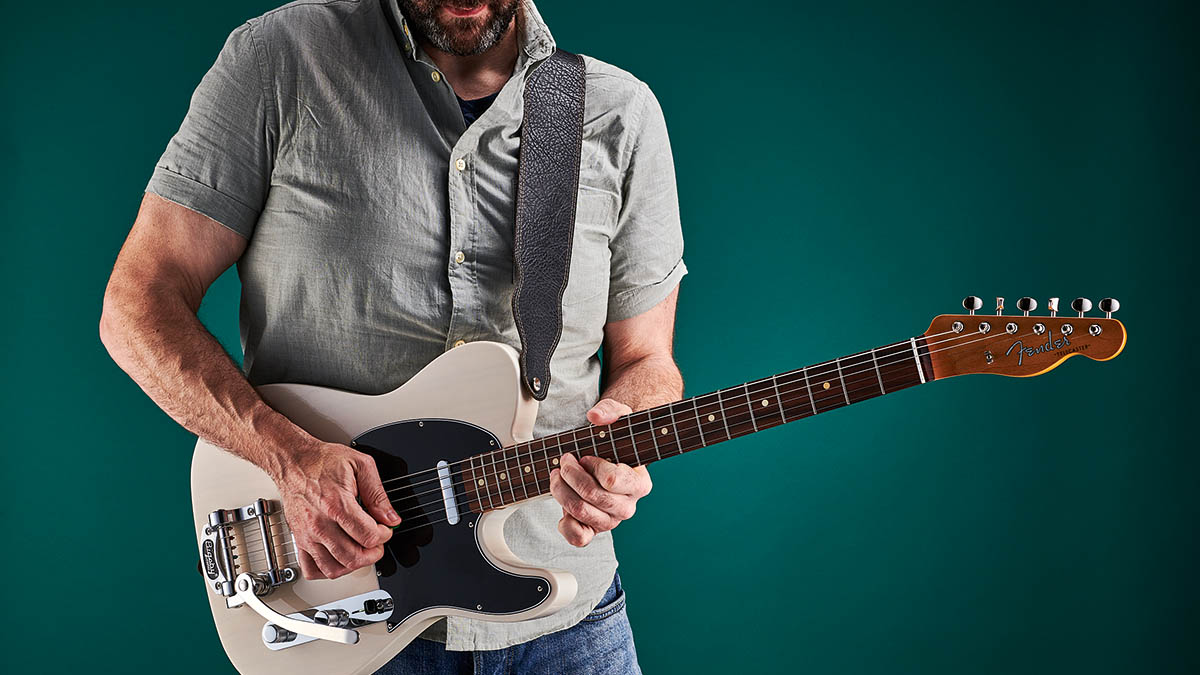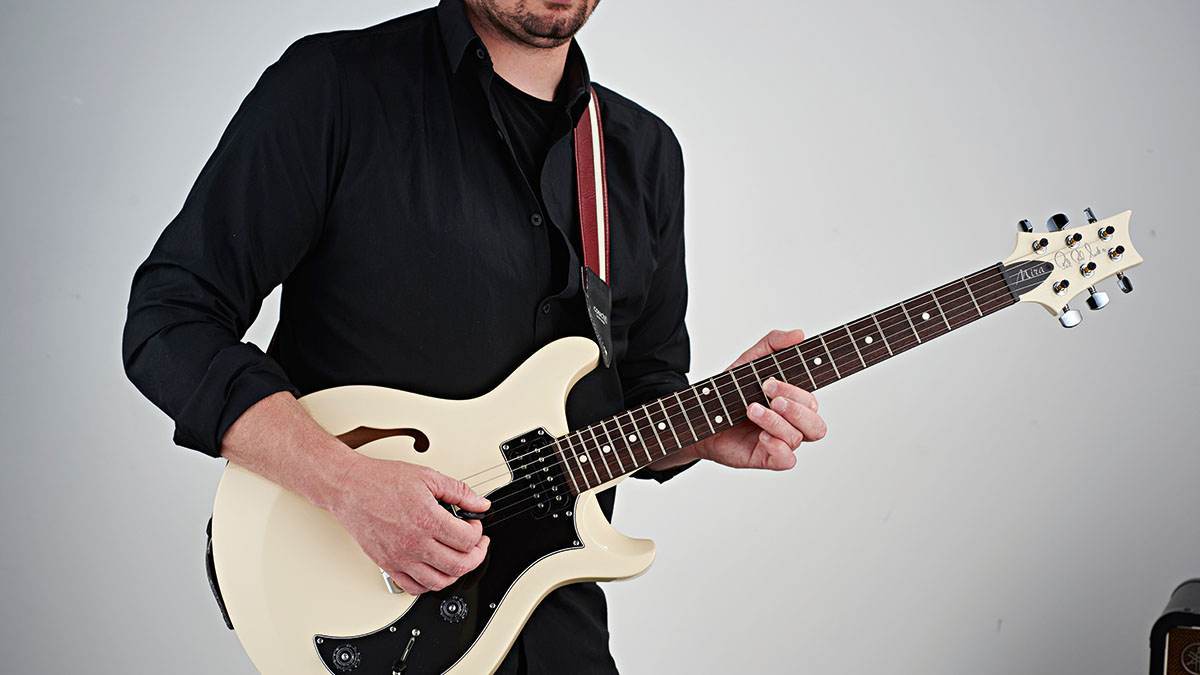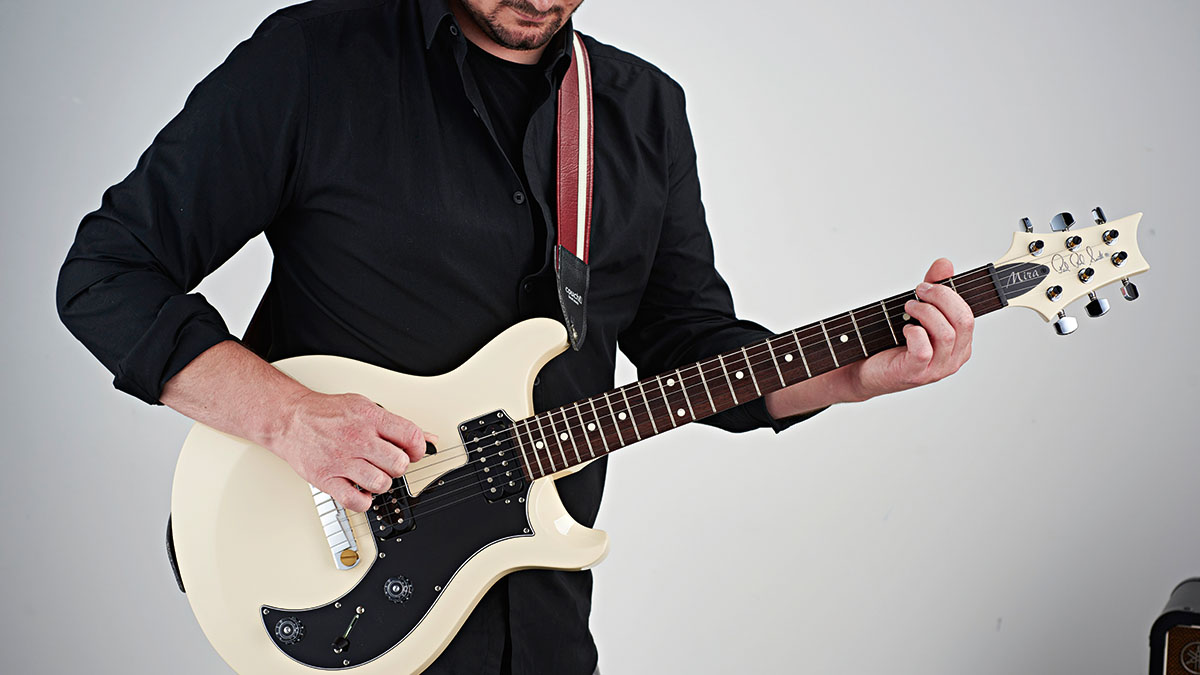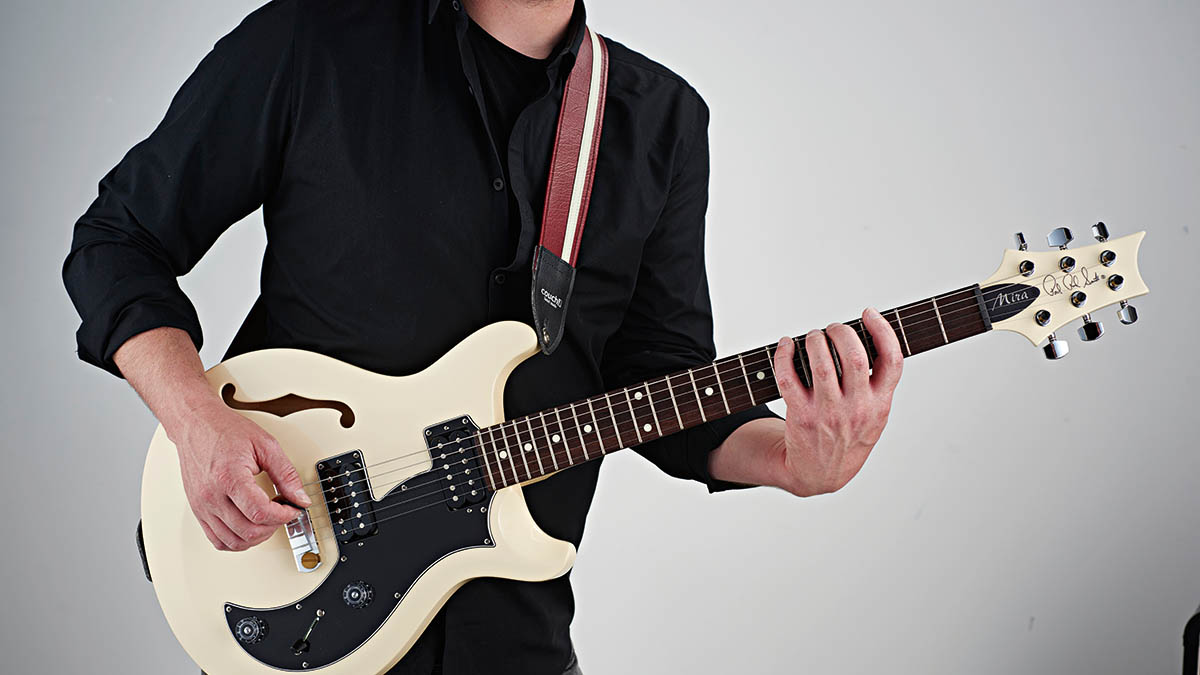Are you taking an honest look at your technique before you practice? By working on the fundamentals, you’ll get much more out of your routine
Your technique will improve tenfold if you know which areas of your playing need most attention. Follow our checklist to see where you can get better

Consider this Day One, a return to factory settings, a reboot for your playing. We run all kinds of lesson on GW but now we're taking things back to the fundamentals – a preflight check before you pick up an electric guitar for some woodshedding.
Before skipping ahead and losing sleep on the finer points of sweep picking, here are the things you’ve got to get as good at, and to stay focused on. And number one is a non-negotiable.
1. Check you are playing in time
Choose a simple piece of music you know well and try playing in time with a metronome. Aim to synchronise onbeat notes with the click. If it doesn’t seem fully aligned, you may need to work on your timing. Slow down a little and try to feel the rhythmic pulse more tightly.
2. How clean are your chords?
Put your fingers in the wrong position and you’ll end up with annoying fret buzz, so aim to play most chords using the very tips of your fingers as close to each fret as possible. Barre chords, of course, need a flat finger. Keep your thumb roughly opposite your fingers for maximum strength.
3. Are you playing too fast?
You don’t have to be a shredder to want to play fast. We’ve all tried to play a song at full speed before we’ve fully learnt it, usually resulting in fluffed chord changes and solo lines that don’t quite link together. Play slowly to a metronome or drum beat and try to improve your speed by a small amount every day.
4. Check your lead techniques
There’s always an optimum position for your hands to be in when you’re playing lead guitar. Make sure you’ve got the techniques sorted…
String bends

For most first-, second- and third-finger bends place your thumb on the top side of the neck (sometimes called a ‘baseball bat grip’) for maximum strength. You may need to adjust position for fourth-finger bends.
All the latest guitar news, interviews, lessons, reviews, deals and more, direct to your inbox!
Hammer-ons and pull-offs

Can you play a pull-off as you lead out of the hammer-on (and vice versa)? If not, adjust your hand position. You’ll need a firm thwack for a hammer-on, then a flick of the finger to pull off.
Alternate picking

The ability to pick in a down-up ‘alternate’ pattern is crucial. To practise, choose one note and play it down-up-down-up in time with a metronome. If your timing is choppy or uneven, slow down.
One-finger-per-fret hand position

For the minor pentatonic scale, hand position isn’t so crucial. If you want to play more complex tunes and solos you need all four fingers. Arrange the digits next to each other at consecutive frets.
- Need more help? Here's our pick of the best online guitar lessons
Chris was Editor of Total Guitar magazine from 2020 until its closure in 2024, when he became Lesson Editor for Guitar World, MusicRadar and Guitar Player. Prior to taking over as Editor, he helmed Total Guitar's world-class tab and tuition section for 12 years, helping thousands of guitarists learn how to play the instrument. A former guitar teacher, Chris trained at the Academy of Contemporary Music (ACM) in Guildford, UK, and held a degree in Philosophy & Popular Music. During his career, Chris interviewed guitar legends including Brian May and Jimmy Page, while championing new artists such as Yungblud and Nova Twins. Chris was diagnosed with Stage 4 cancer in April 2024 and died in May 2025.

